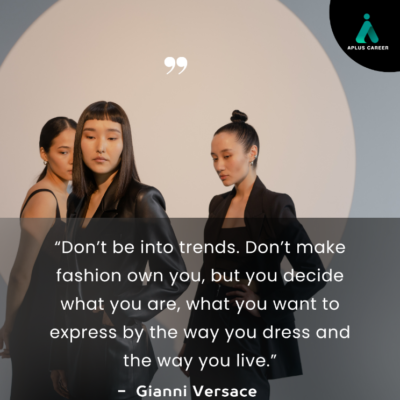“Overdressed and Understood: How to Dress Right for the Right Interview”
Everyone has had at least one bad interview in their life—and mine came down to what I wore.
In the early days of my career, I believed that dressing professionally was the golden ticket to success.

Like many fresh graduates entering the workforce, I envisioned myself as the embodiment of a top-performing sales professional—sharp suit, polished shoes, and con
fidence radiating through every handshake. My motto was simple: Look professional, land the job.
That belief led me astray during an intervie
w for a Sales Manager position in the Gaming Industry. I walked into the room wearing a full formal suit, prepar
ed to impress. But the moment I stepped into their open, relaxed office space, I realized I had missed the mark. Think creative murals on the walls, developers in jeans and hoodies, and a general air of playful innovation.
The feedback was clear and honest: “You’re too serious for us.”
It stung at the time, but it was one of the most valuable career lessons I’ve learned—professionalism isn’t one-size-fits-all. Understanding your audience, industry, and company culture is just as important as what’s on your resume.
The Power of Presentation: Know the Industry Norms
What you wear to an interview sends a message about your awareness, your personality, and how well you might fit within a company’s ecosystem. While confidence and capability come first, your clothing can either reinforce or undermine your credibility.
Here’s how to approach interview attire across different industries:
Creative and Lifestyle Industries (Gaming, Advertising, Fashion, Media)
These sectors prioritize personality, innovation, and originality. Your attire should still be neat and intentional, but you can be more expressive and flexible in your outfit choices. Think smart-casual with a stylish touch. Trendy sneakers, clean denim, or a well-fitted blazer over a t-shirt can go a long way. A rigid, corporate suit might appear out of touch or signal a lack of alignment with the brand’s culture.
Corporate and Traditional Sectors (Finance, Law, Hospitality, Government)
In these environments, a more conservative, polished look is often expected. This means suits, clean lines, neutral tones, and subtle accessories. These industries operate with a level of formality, and aligning your appearance with that standard shows respect and understanding of professional norms. Even as business dress codes slowly evolve, it’s better to err on the side of formality in your first meeting.
Scientific, Technical, and Healthcare Fields (Lab, R&D, Clean Rooms, Food Safety, Pharmaceuticals)
These roles are often hands-on, safety-oriented, and practical. For interviews, opt for modest, neat clothing that doesn’t overdo it on makeup, jewelry, or fragrance. In fact, for roles in laboratories or clean environments—such as food technology or pharmaceutical R&D—no makeup and minimal accessories are often preferred. It signals that you’re aware of hygiene protocols and technical expectations from day one.
Engineering, Field-Based, and Manufacturing Roles (Factories, Maintenance, Construction)
Avoid the suit. Instead, wear something practical, respectful, and appropriate for site visits or operational settings. A smart polo shirt, chinos, or clean workwear is often more suitable. You want to look like someone who can roll up their sleeves and understand what’s happening on the ground.
Customer-Facing Roles (Retail, Hospitality, Airline, Front Desk)
These roles emphasize presentation and communication skills. Dress codes may vary, but it’s important to appear approachable, neat, and aligned with the brand image. In retail or luxury sectors, subtle fashion-forward choices can reflect your understanding of customer expectations and style trends.
No Matter the Industry—Neatness Matters
Even if you’re interviewing in the most casual of workplaces, never show up in clothing that is loose, faded, frayed, or clearly worn out. A stretched-out t-shirt, stained sneakers, or sagging jeans may come across as careless and unprepared.
It doesn’t matter how laid-back the culture is—you still want to appear respectful, interested, and ready. Wearing tired, sloppy clothing sends a message that you’re not taking the opportunity seriously. At worst, it can seem impolite or disinterested. Keep your look casual if the industry allows it, but always ensure your outfit is clean, well-fitted, and thoughtfully put together.
When in Doubt, Ask or Research
Every organization has its own culture. The best way to prepare is to research their environment in advance. Browse their website, check their employee profiles on LinkedIn, or simply ask your recruiter what’s appropriate. It’s not a sign of weakness to ask—it’s a sign of professional awareness.
Your outfit should reflect three things:
- That you understand the company and industry.
- That you respect the opportunity.
- That you are someone who fits in and can add value.
Lessons in Career Growth
My own overdressed experience taught me that professionalism isn’t about rigid rules—it’s about relevance. Looking the part means different things in different industries, and adapting is a key part of career growth.
At APlus Career, we help candidates prepare for every aspect of their job search—from polishing CVs to prepping for interviews, and yes, even guiding wardrobe choices. It’s all part of presenting yourself as the best version of you.
If you’re not sure what to wear to your next interview, or if you’re transitioning industries and want to feel more confident walking into a room—we’re here to support you every step of the way.
About Nina Phinnipha Suriyong
With over 15 years in executive search, Nina has placed top talent across industries like manufacturing, automotive, electronics, chemical, retail, and life sciences. She founded APlus Career Recruitment Co., Ltd. in 2022, a boutique agency specializing in recruitment and HR solutions.
Looking for your next career move? Contact us today.

